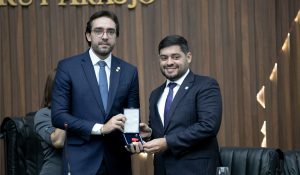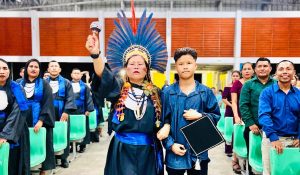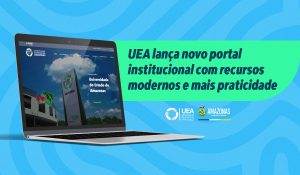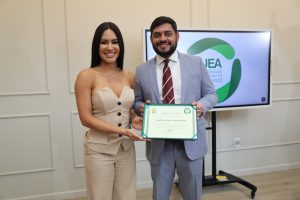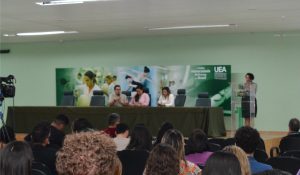Three biosustainable products developed at the Amazonas State University (UEA) will represent the institution at the 8th edition of one of the greatest Brazilian fairs of green economy and solutions, the Green Rio, which happens from May 23rd to 25th, at the Marina da Gloria, Rio de Janeiro.
The products are: ‘Ecopanel of açaí fiber’, developed by Prof. Dr. Antônio Mesquita; ‘Plastic wood of tucumã seed’, by Prof. Dr. Antonio Kieling; and ‘Wooden Bioprosthesis (made of cumaru, pau d’arco e roxinho – typical Amazonian wood)’, by Prof. Dr. Marlene Araújo.
From these products exhibited in the Green Rio Fair it will be possible to find supporting funds which might promote the development of research in the green economy area in the North of Brazil, through UEA.
Know the products:
‘Ecopanel of açaí fiber’
The production of ecopanels, based on the Circular Economy, is made from the residues of the açaí fruit discarded at the igarapés (rivers) and artificial outflow channels in the cities, generating environmental impact. From this process, the product consists on the reusing of all the chain of raw material, creating subproducts, jobs, income, and technology. The fibers are put together by the use of mamona oil, and the whole process may avoid the CO2 emission that happens in the industrial production that uses synthetic resin of Ureia Formaldehyde, very common in our days.
‘Plastic wood of tucumã seed’
This is produced from the tucumã seed and recycled plastic. The fabrication process of the plastic wood begins with the breaking of the tucumã seeds. Its woody part is ground till it become small particles. The same happens to the hard plastic that are recycled and ground. Thus, the particles of tucumã and recycled plastic are mixed together and inserted in an industrial injector that heats the materials till they merge. The plastic wood presents physic-mechanical characteristics which are similar to the materials used in the production of flooring, panels, lining, chairs, etc.
‘Wooden Bioprosthesis’ (made of cumaru, pau d’arco e roxinho typical Amazonian wood)
These types of wood are raw material of the Bioprosthesis. The wooden plates which will make the prototype will pass by a process of natural drying. The foot and ankle joints make a complex system that should provide higher degree of stability than of flexibility. The wooden plates are covered by an adhesive film and quickly pressed with manual fixers to maximum resistance. The Bio prosthesis makes a stable basis to an upright position; a rigid lever to the impulse; absorb the weight; adapt to irregularities on the ground; and transform the torsion through the inferior articulation of the hip.
About the Green Rio 2019
The exhibit has representatives of the Green Economy from the sustainable and organic sectors. Its 6th edition happens between May 23rd and 25th, at Marina da Gloria, in Rio de Janeiro.
Text: Iris Brasil/ASCOM UEA
Photo: Joelma Sanmelo/ASCOM UEA
Translation: Maristela Silva


